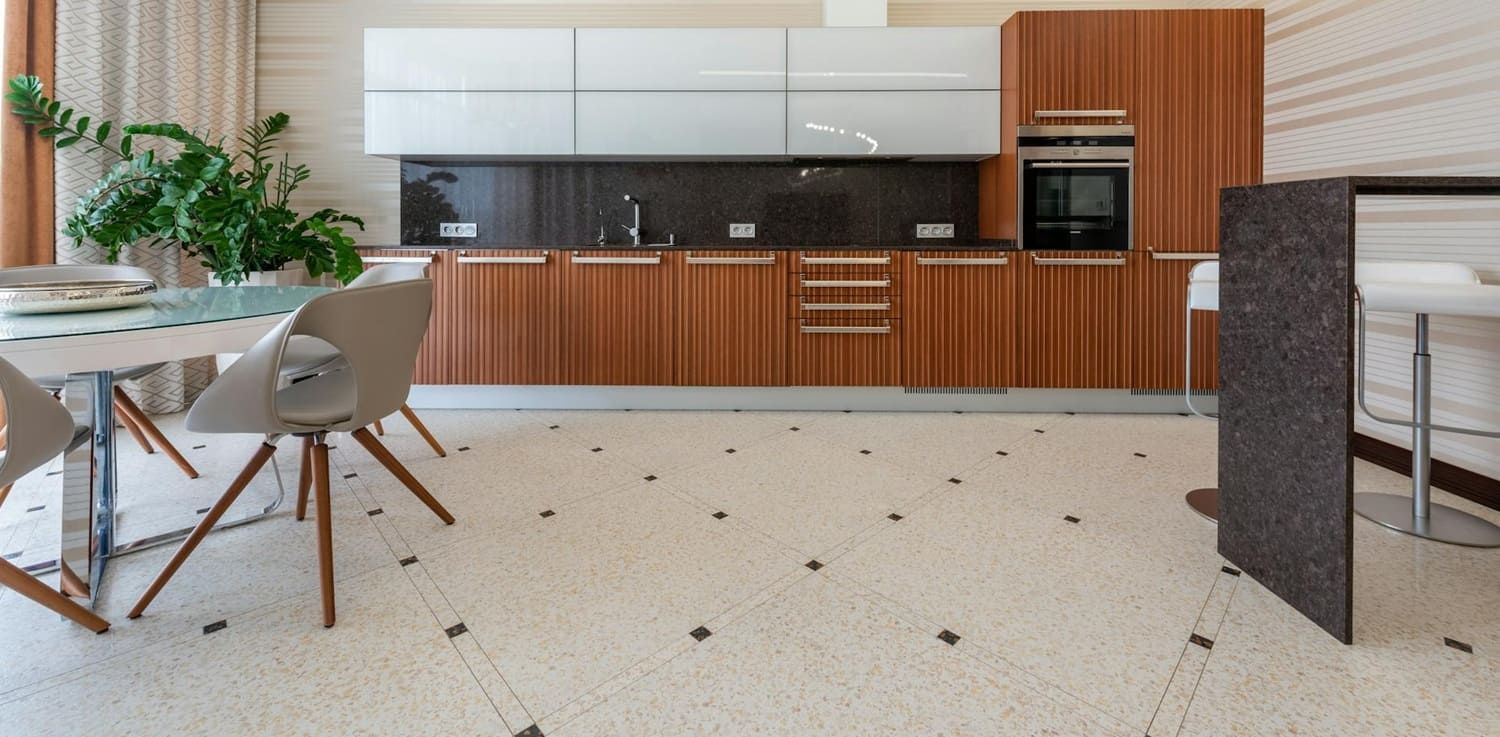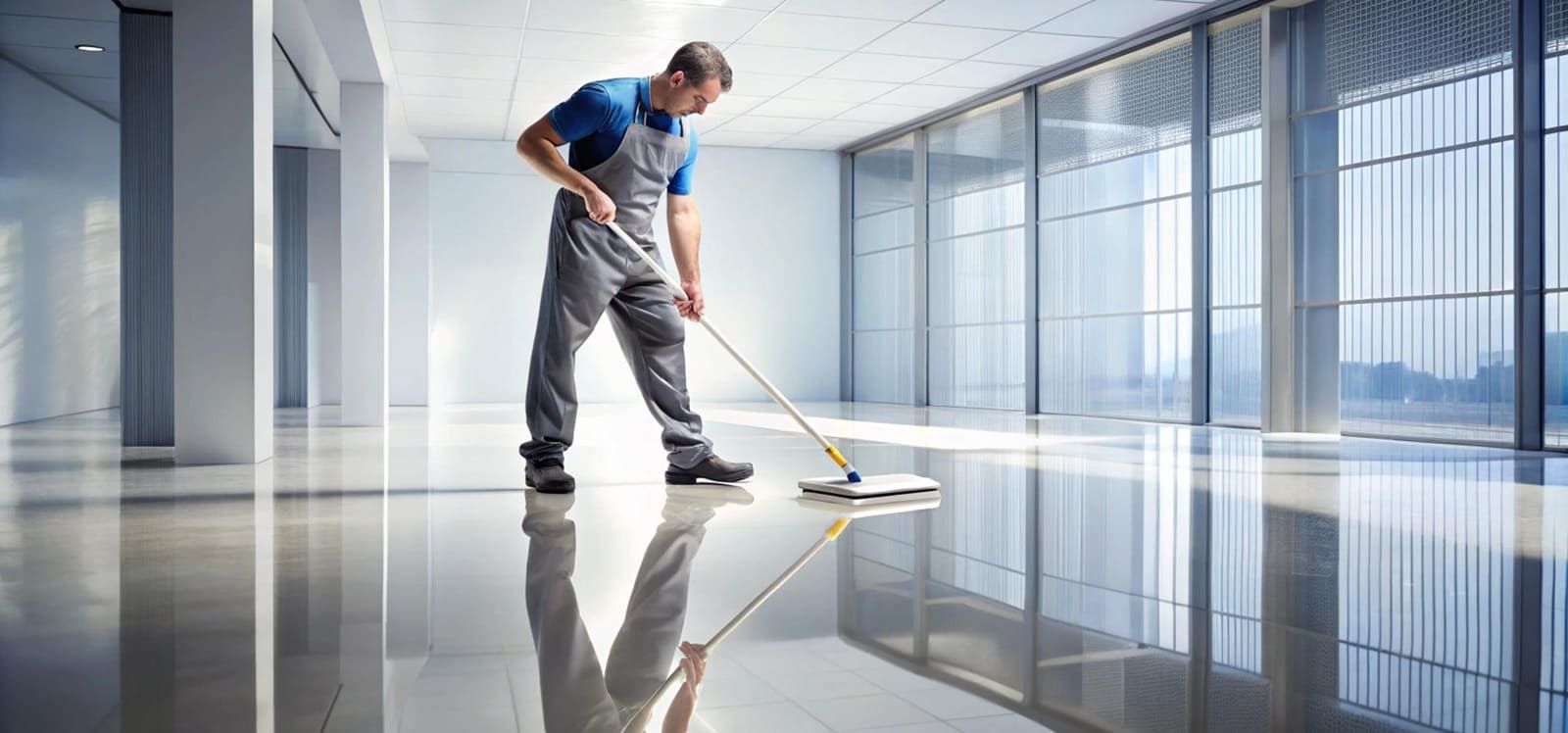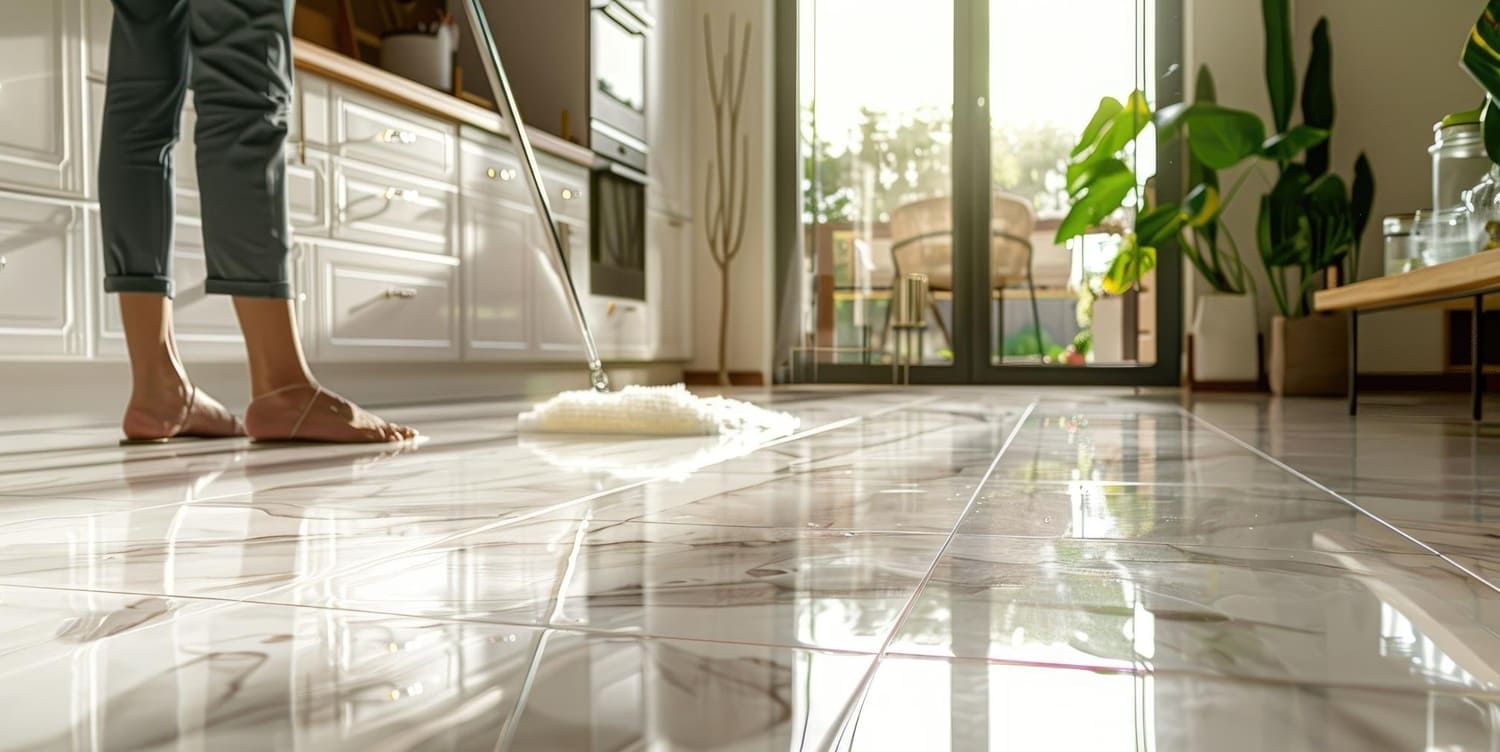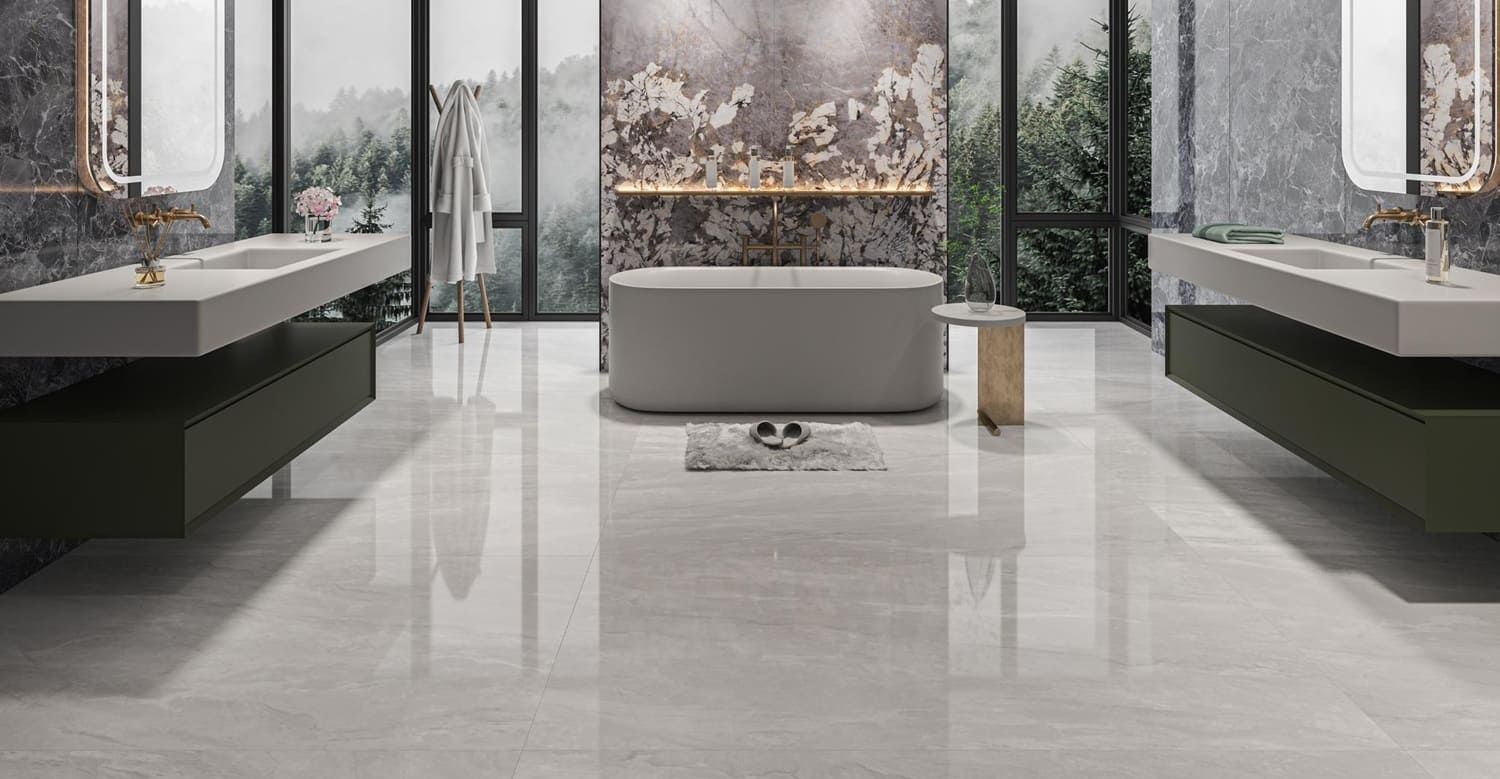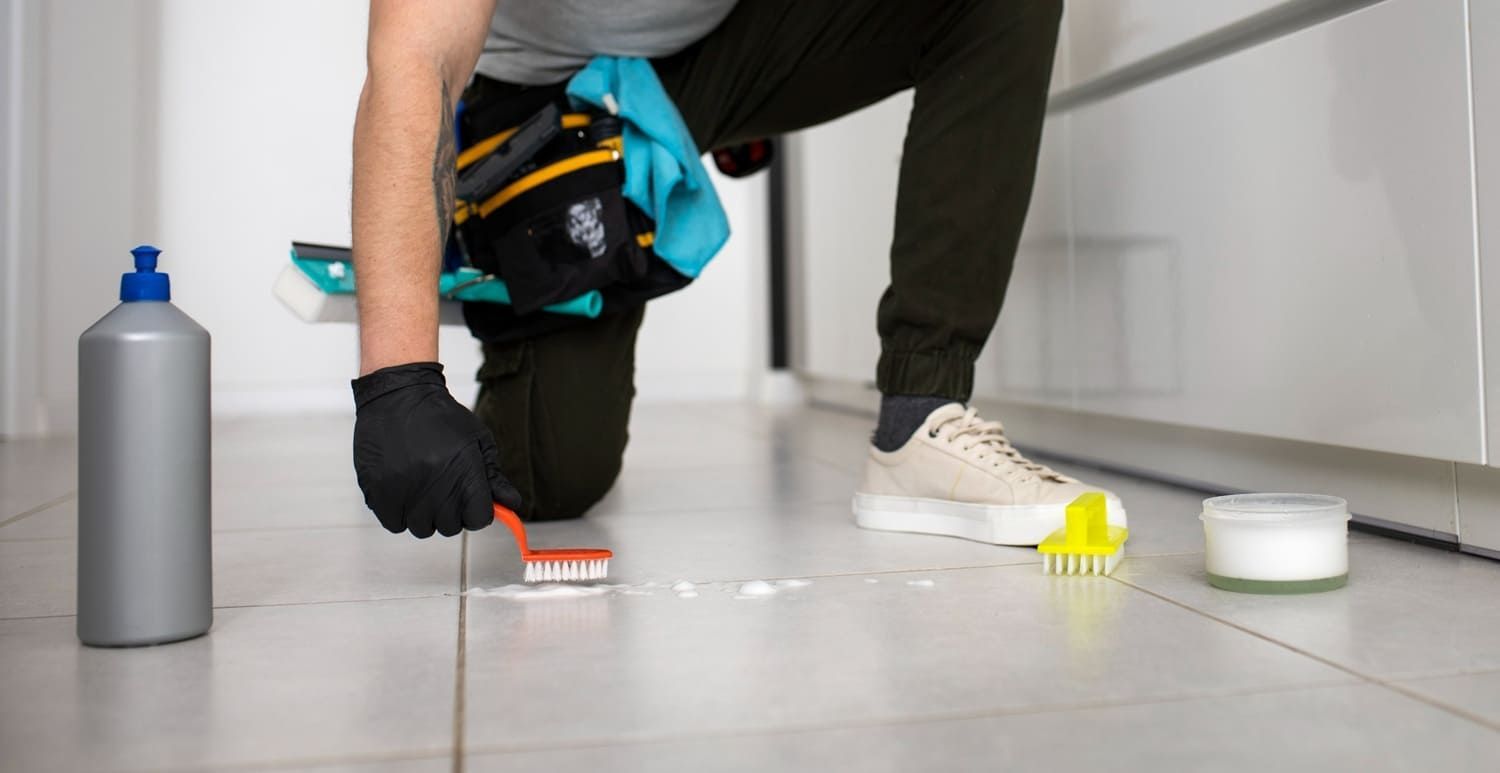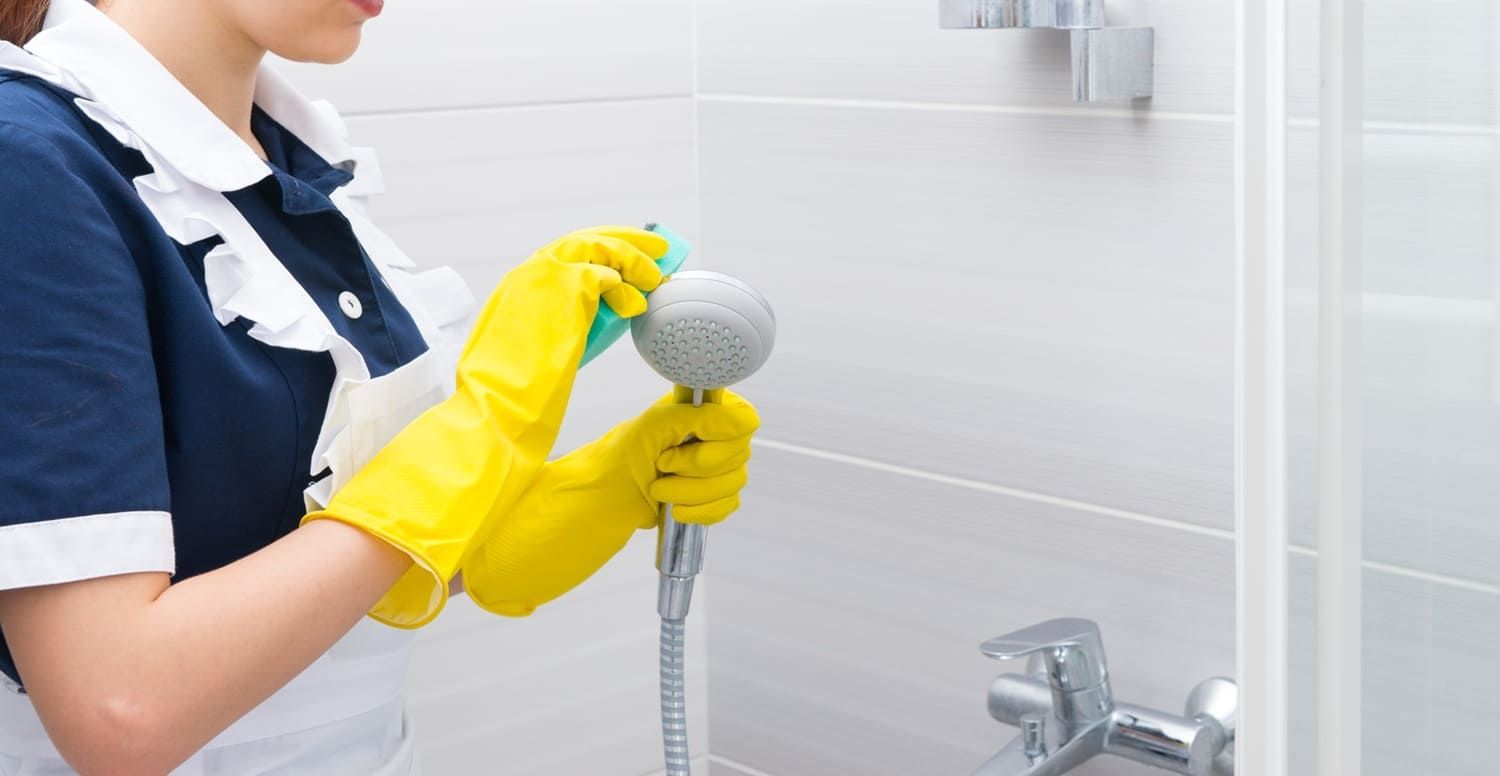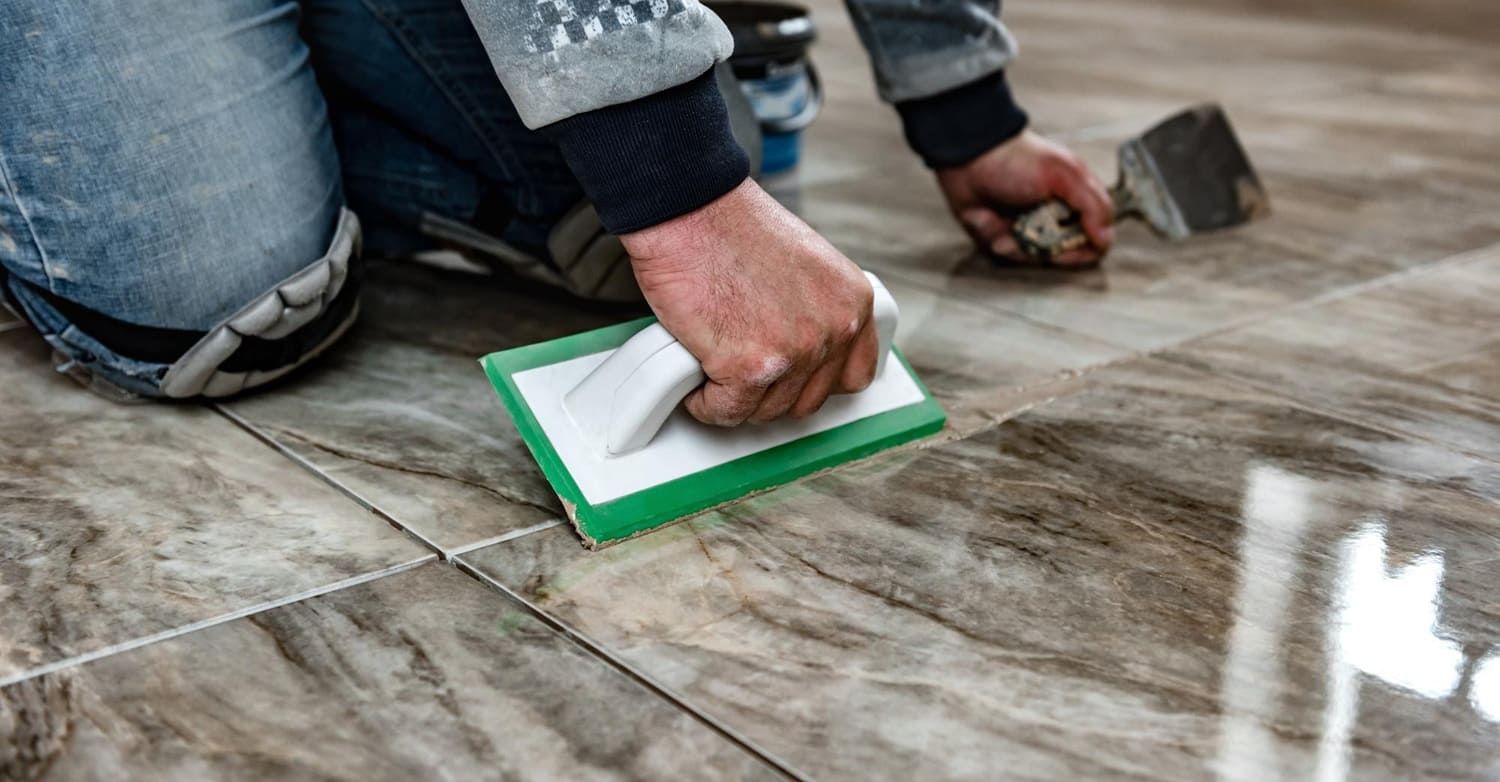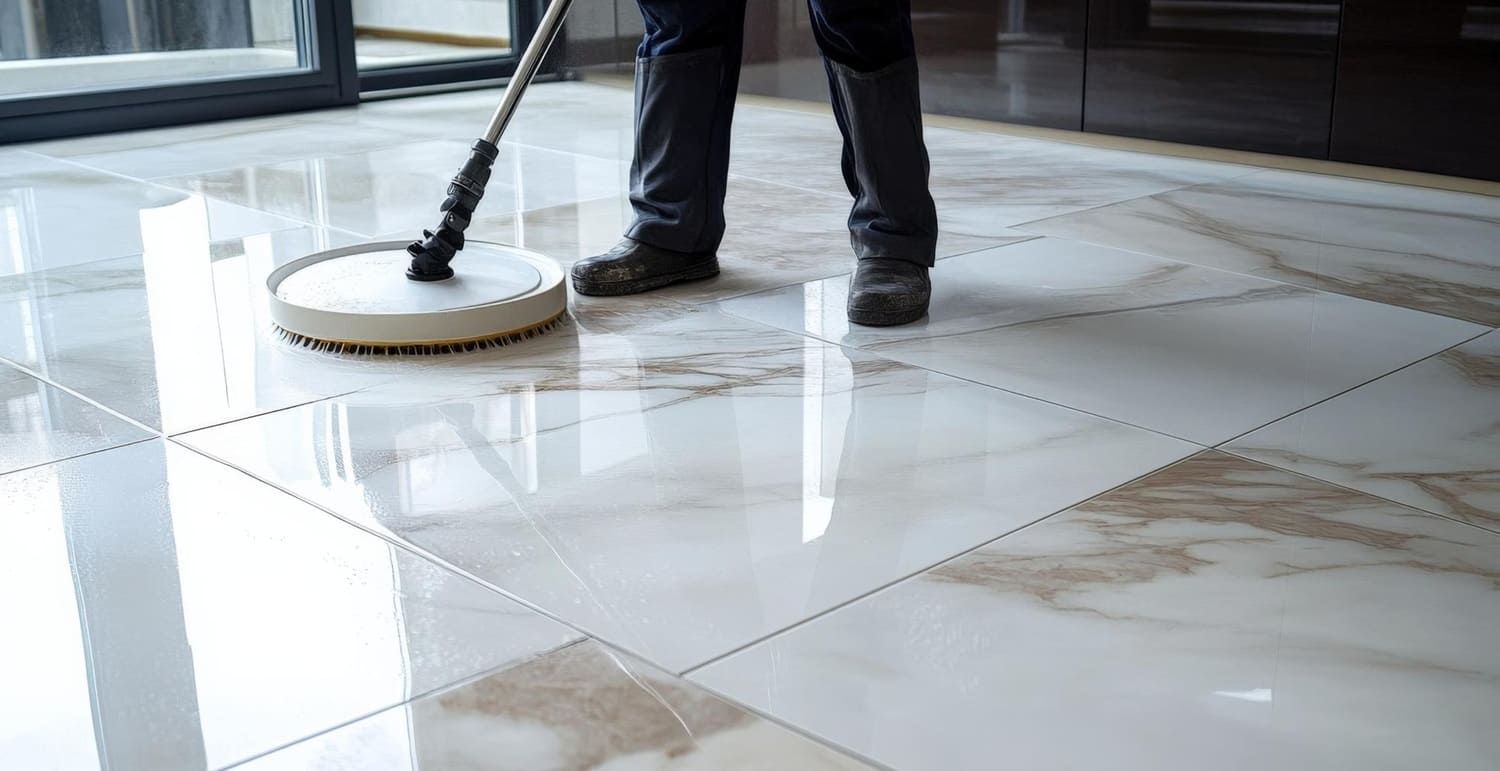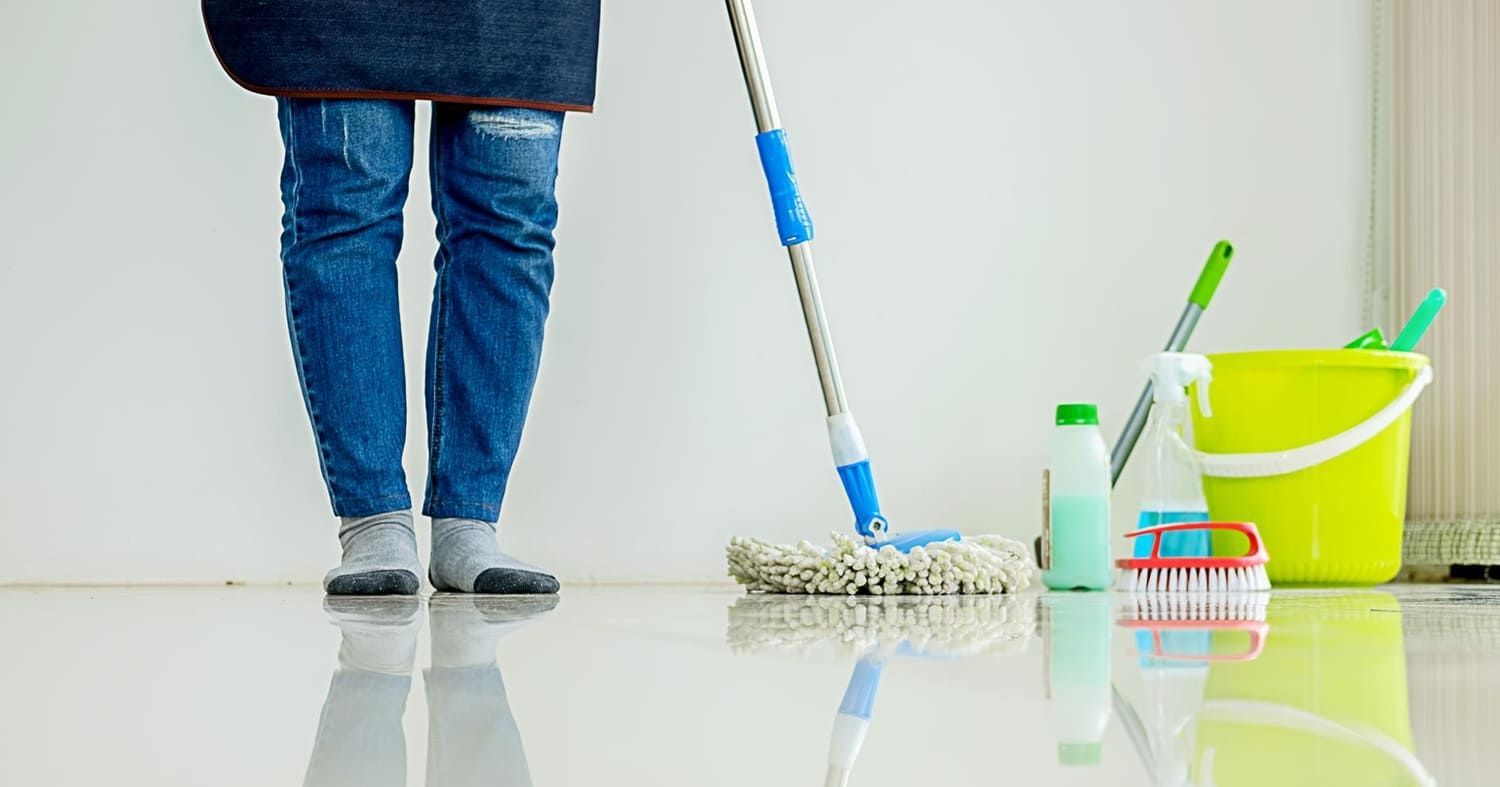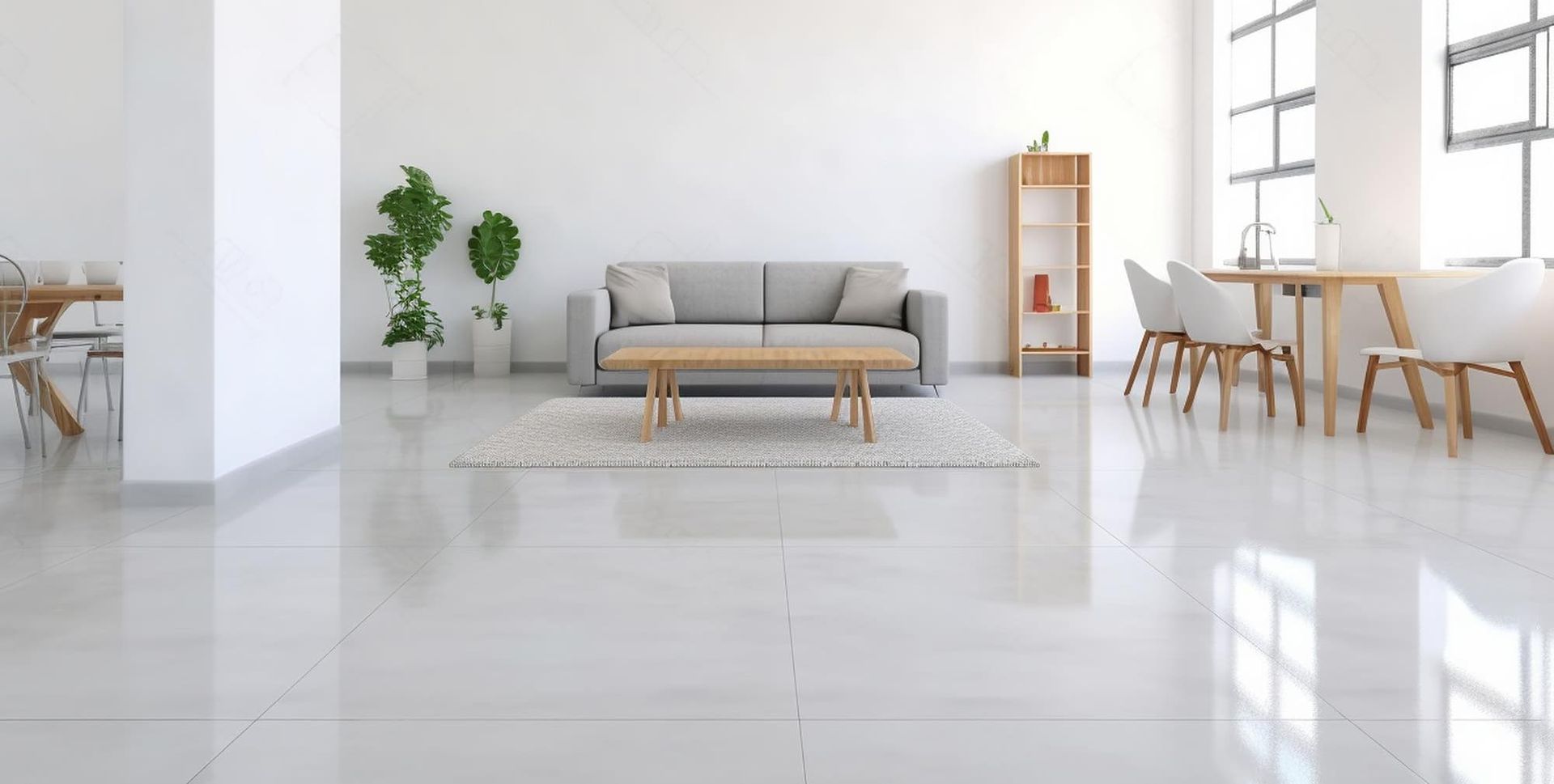How Often Should You Seal Stone or Tile Floors?
Maintaining the beauty and durability of stone or tile floors is essential for preserving the investment you've made in your home. One crucial aspect of this maintenance is sealing, a process that provides a protective barrier to keep your floors in top condition. Sealing not only safeguards against stains, damage, and wear but also enhances the natural appearance of these surfaces. However, determining the right sealing schedule can be challenging. This article will delve into the factors influencing how often you should seal stone or tile floors, ensuring you make informed decisions about their care and longevity.
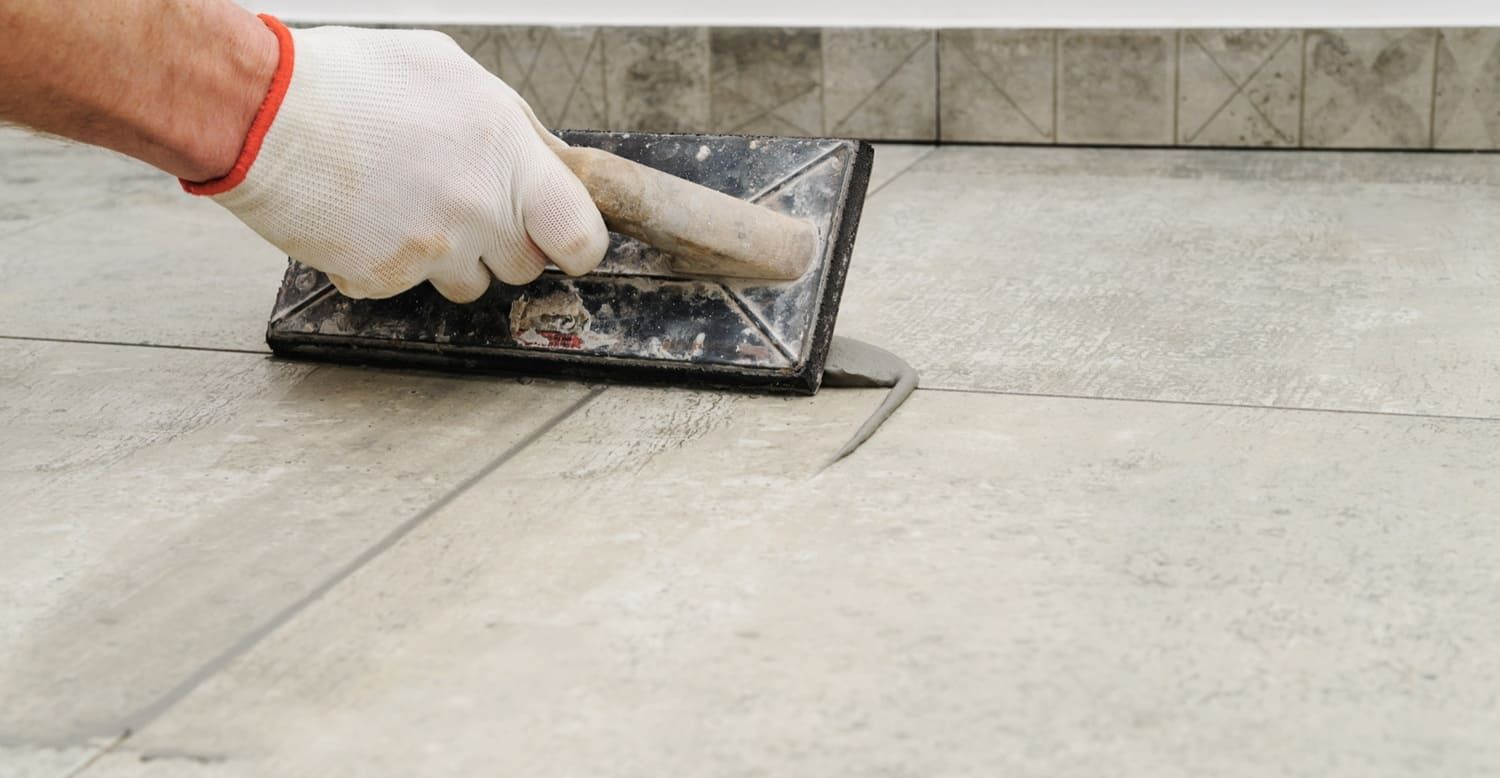
Understanding the Importance of Sealing
Sealing stone and tile floors creates a crucial barrier that shields against moisture, dirt, and stains, which can otherwise compromise the integrity and appearance of your flooring. Without this protective layer, these surfaces are more vulnerable to damage, which can detract from both their aesthetic appeal and structural soundness. Let's explore why sealing is indispensable for maintaining both stone and tile surfaces.
Why Seal Stone Floors?
Stone floors, including marble, granite, travertine, and slate, are inherently porous, making them susceptible to absorbing liquids and stains more readily than less porous materials. A high-quality sealant acts as a barrier that prevents this absorption, thereby protecting the stone from potential damage due to spills or moisture exposure. Sealing also plays a crucial role in preserving the stone's natural beauty by preventing discoloration, etching, and surface deterioration that can occur over time without proper protection.
Moreover, sealing stone floors helps in reducing maintenance efforts. A sealed surface is much easier to clean, as it resists dirt and grime buildup. This means less time spent scrubbing and more time enjoying your beautiful floors. Additionally, the sealant can enhance the stone's natural color and texture, making the floor appear more vibrant and inviting.
Why Seal Tile Floors?
While many types of tile floors, such as ceramic and porcelain, are less porous than natural stone, the grout lines between tiles are highly porous and prone to staining. These grout lines can quickly become discolored and dirty if left unsealed. Applying a sealant to tile floors, with particular attention to grout lines, is essential for preventing moisture and dirt from penetrating these vulnerable areas, thereby keeping your floor looking clean and well-maintained.
In addition to protecting grout lines, sealing can also enhance the overall longevity of your tile floors. By preventing water penetration, sealants reduce the risk of mold and mildew growth, which can occur in damp environments. This not only maintains the aesthetic appeal of your tiles but also contributes to a healthier living environment. Regular sealing also reduces the need for frequent deep cleaning, as sealed surfaces repel dirt and grime more effectively.
Factors Influencing Sealing Frequency
The frequency at which you should seal your stone or tile floors is influenced by several critical factors. Understanding these can help you tailor a sealing schedule that suits your specific flooring needs, ensuring optimal protection and longevity.
Type of Stone or Tile
Different types of stone and tile have varying levels of porosity, which directly impacts how often they need to be sealed. For instance, granite is a relatively dense stone, requiring less frequent sealing than more porous stones like marble or travertine. Conversely, travertine's high porosity demands more regular sealing to maintain its appearance and durability. Understanding the specific characteristics of your flooring material is crucial in determining an appropriate sealing schedule.
Additionally, the finish of the stone or tile can affect its sealing needs. Polished finishes tend to be less porous than honed or textured finishes, meaning they may require less frequent sealing. However, even polished surfaces can benefit from a protective sealant to guard against etching and stains, particularly in high-use areas.
Floor Usage and Traffic
The amount of foot traffic your floors experience plays a significant role in determining how often they should be sealed. High-traffic areas, such as kitchens, hallways, or entryways, are more prone to wear and tear, necessitating more frequent sealing compared to low-traffic areas like guest bathrooms or spare bedrooms. Regularly assessing the condition of your floors and adjusting your sealing schedule accordingly can help maintain their appearance and durability over time.
Consider the type of activities that occur in each area as well. For example, areas where food and drinks are frequently consumed may be at higher risk for spills and stains, requiring more frequent sealing. Similarly, homes with pets or young children may experience more floor wear, influencing the need for more regular maintenance.
Environmental Conditions
Environmental factors, such as humidity and sunlight exposure, can significantly affect the longevity of a sealant. In humid environments, moisture can accelerate the breakdown of the sealant, necessitating more frequent reapplication to maintain effective protection. Similarly, areas exposed to direct sunlight may experience faster sealant degradation due to UV rays, which can cause the sealant to break down and become less effective over time.
Seasonal changes can also impact the frequency of sealing. For instance, in regions with harsh winters, the use of de-icing salts and increased moisture from snow and rain can wear down sealants more quickly. Being mindful of these environmental influences will help you develop a sealing schedule that effectively protects your floors throughout the year.
Recommended Sealing Schedule
While specific sealing schedules may vary based on the factors mentioned above, here is a general guideline for sealing stone and tile floors to help maintain their beauty and functionality:
Stone Floors
- Granite: Seal every 1-2 years. Granite's density means it requires less frequent sealing, but regular maintenance is still essential for optimal protection.
- Marble: Seal every 6 months to 1 year. Marble is more porous and prone to staining, necessitating more frequent sealing to preserve its elegance.
- Travertine: Seal every 6 months to 1 year. Due to its high porosity, travertine benefits from regular sealing to prevent damage and maintain its appearance.
- Slate: Seal every 1-2 years. Slate's unique texture can be preserved with periodic sealing, protecting it from moisture and dirt.
Tile Floors
- Ceramic/Porcelain Tiles: Generally, these tiles do not require sealing, but the grout should be sealed every 1-2 years. Proper grout maintenance is crucial for preventing stains and maintaining a clean look.
- Natural Stone Tiles (e.g., limestone, sandstone): Seal every 6 months to 1 year, paying close attention to grout lines. These tiles are more porous and benefit from regular sealing to prevent damage and staining.
How to Determine If Your Floors Need Sealing
There are simple tests you can perform to determine if your stone or tile floors need sealing. One common method is the water test. Place a few drops of water on the surface and wait for about 15 minutes. If the water beads up, the seal is still effective. If it soaks into the stone or
grout, it's time to reseal. This test provides a quick and easy way to assess your floors' current protection status.
Another Method: The Paper Towel Test
For an alternative assessment, try the paper towel test. Place a damp paper towel on the floor and leave it for about 30 minutes. If the area underneath darkens or absorbs moisture, it indicates that the sealant has worn off and requires reapplication. This method is particularly useful for testing grout lines, as they are often the first areas to show signs of wear.
Regular testing ensures that your floors remain adequately protected, allowing you to address any sealing needs promptly. By incorporating these simple tests into your routine maintenance, you can proactively manage the condition of your flooring and extend its lifespan.
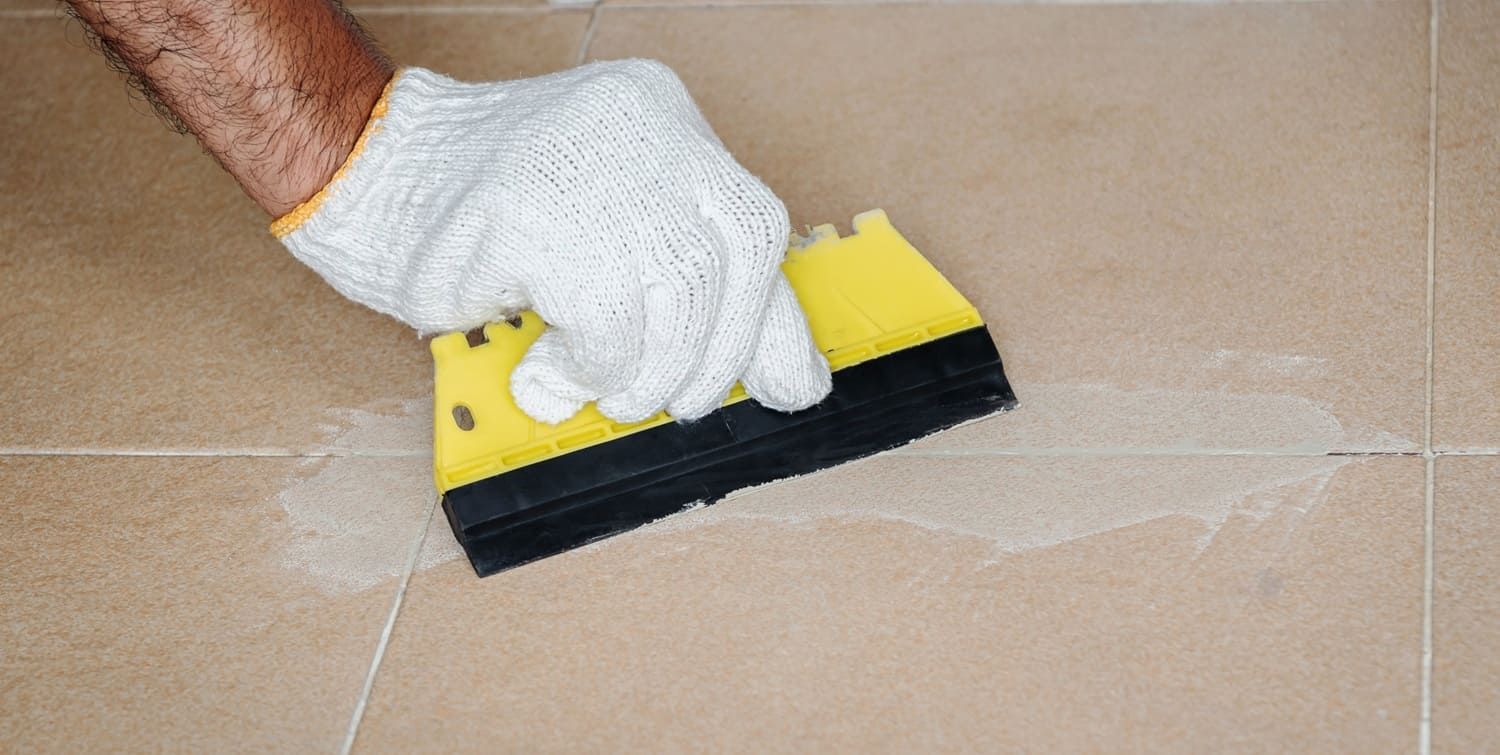
Choosing the Right Sealant
Selecting the appropriate sealant for your stone or tile floors is crucial to ensure optimal protection and maintain the desired appearance. There are two main types of sealants: penetrating sealants and topical sealants, each offering distinct benefits.
Penetrating Sealants
Penetrating sealants absorb into the stone or grout, providing protection from within. They are ideal for porous materials, as they do not alter the surface's appearance while effectively repelling moisture and stains. These sealants are recommended for natural stone and grout lines, offering long-lasting protection without changing the floor's natural finish.
One of the key advantages of penetrating sealants is their durability. They typically require less frequent reapplication compared to topical sealants, making them a cost-effective option for long-term protection. Additionally, they are less prone to peeling or flaking, ensuring consistent coverage and protection.
Topical Sealants
Topical sealants form a protective layer on the surface of the stone or tile. They can enhance the appearance by adding a glossy finish, which can be particularly desirable in areas where aesthetics are a priority. However, they may require more maintenance, as the surface layer can wear down over time, especially in high-traffic areas.
Topical sealants are suitable for less porous tiles and are often used in settings where a polished look is desired. While they may need more frequent reapplication compared to penetrating sealants, they offer the benefit of enhancing the floor's visual appeal. When choosing a sealant, consider the specific needs of your flooring and the desired finish to ensure optimal results.
Conclusion
Regularly sealing your stone or tile floors is a vital part of maintaining their beauty and longevity. With ADVANCED Sealers and Cleaners, offering high quality stone sealers and cleaners, you can keep your floors protected and looking their best for years to come.
By understanding the factors that influence sealing frequency and performing simple tests, you can ensure your floors remain resistant to stains, moisture, and wear. Choosing the right sealant for your specific flooring type and following a sealing schedule tailored to your home’s needs will maximize both protection and appearance.
With proper care and the right products from ADVANCED Sealers and Cleaners, your stone or tile floors will continue to enhance your living space for years to come. Prioritizing regular maintenance not only preserves their aesthetic appeal but also contributes to a healthier, more durable home environment.
Contact ADVANCED Sealers and Cleaners if you need any help selecting the right stone or tile care products for your surfaces. We are here to help you protect your investment.
FAQs About Sealing Stone and Tile Floors
How often should stone or tile floors be sealed?
Most floors should be sealed every 1 to 3 years, depending on use and traffic.
Do all stone floors need sealing?
Yes. Natural stones like marble, limestone, and travertine are porous and need protection.
Do ceramic or porcelain tiles need sealing?
Usually not, but grout lines should still be sealed regularly.
How can I tell if my stone floor needs resealing?
Sprinkle water on the surface — if it absorbs quickly, it’s time to reseal.
Does sealing protect against stains and damage?
Yes. Sealers prevent liquids, dirt, and oils from soaking into the surface.
Can sealing change the look of stone floors?
It can enhance color and sheen, depending on the sealer type.
What happens if I don’t reseal stone or tile floors?
They can stain, dull, and wear out faster over time.
Should I hire a professional to seal stone floors?
Yes. Experts ensure even application and use the best sealer for your surface type.



